The Serengeti is Tanzania’s counterpart to the Masai Mara in Kenya. These two bordering game parks in East Africa are rivals; yet part of the same ecosystem, the Serengeti Ecosystem.

Serengeti vs Masai Mara
Of the two game parks, the Masai Mara is traditionally more popular with tourists and better known, but the Serengeti has its distinct advantages as a safari destination.
In its favour, the Serengeti is considerably larger than the Masai Mara Reserve, living up to its Maasai name; which means ‘endless plains’. Serengeti’s 15 000km² of wilderness, outshines the Masai Mara’s 1800km² in sheer scale.
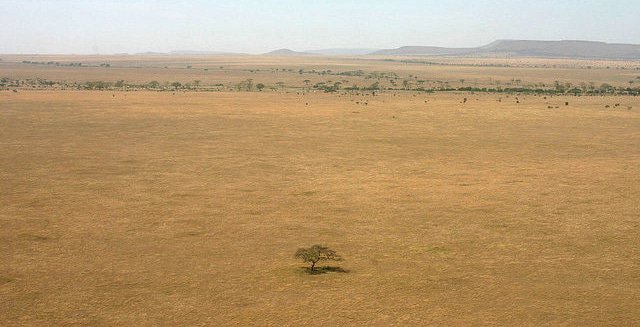
Secondly, this Tanzanian National Park is less crowded than it’s Kenyan counterpart, due to its vast size and because Tanzania doesn’t see quite as many tourists as Kenya.
The Serengeti also trumps Masai Mara with its location on the game-rich Northern Safari Circuit of Tanzania. This huge wilderness area is the highlight of Tanzania’s Northern Safari Circuit, which includes the nearby Ngorongoro Crater, Lake Manyara and Tarangire National Parks.
These leading game parks are located within close proximity of one another, which makes it easy to combine them on one eventful wildlife safari.
There are also more prime months (from November through July) for witnessing various stages of the Great Migration in Serengeti. Different areas of this massive game park host shifting wildlife populations before, during and after the migration over various times of the year.

The Great Migration between the Serengeti & Masai Mara
Together the Serengeti and Masai Mara, two of Africa’s greatest game parks, host one of the world’s most remarkable natural wonders – the Great Migration. During this annual migration, massive herds of wild animals move freely between these two world-famous national parks that share unfenced borders.

The Great Migration, also known as The Wildebeest Migration, sees millions of herbivores stampeding across the plains and crossing rivers, in search of fresh grazing after the rains.

The awe-inspiring migration consists of over two million wildebeest, about 280 thousand gazelles (Grant’s and Thompson’s) and hundreds of thousands of zebras, as well as about 70 thousand impalas.
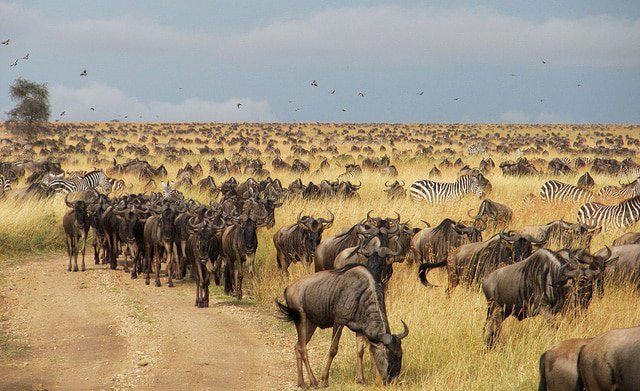
This mind-boggling multitude of grazers, in turn, attracts large numbers of Africa’s predators. Lions, leopards, cheetahs, jackals, hyenas and other predators tag along with the migration preying on the plentiful ungulates.
What makes the Serengeti Special?
The most dazzling aspect of this legendary national park is the huge expanse of pristine wilderness it protects. The iconic safari scene encountered in Serengeti is that of classical Africa, an untamed landscape of wide open savannahs. It’s an endless expanse of pure nature, consisting of grassy savannah plains dotted with trees, as well as riverside bush, shrublands and woods.
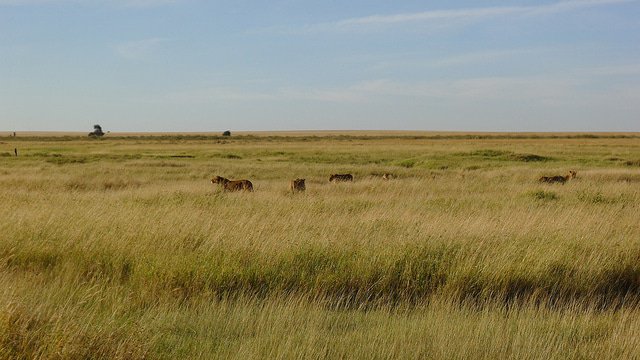
Add one of the largest mammal populations in the world and you get the ideal wild Africa experience, that is Serengeti. Here you will truly witness the drama of life as it plays out in the African bush.
Not only are the wildlife populations found here large in size, but the animals themselves are robust and healthy. Compared to animals in other African game parks, the Serengeti animals are generally bigger and sturdier.

In addition to the numerous hoofed animals of the migration, the Serengeti is home to an abundance of animals, from big herds of buffalos to thousands of antelopes of various kinds, including eland, topi, dik-dik, kongoni and waterbuck.

The game park also hosts elephant, giraffe, serval cat, aardwolf and baboon, as well as endangered African wild dog and rhino. Serengeti boasts around 500 species of birds, including secretary birds, Kori bustards, crowned cranes, kestrels, marabou storks, martial eagles, kites, harriers, lovebirds, vultures and ostriches.

As mentioned, another unique attraction is that Serengeti is the starting and ending point of the Great Migration, referred to as the safari-seekers Holy Grail’ by Fodor’s.
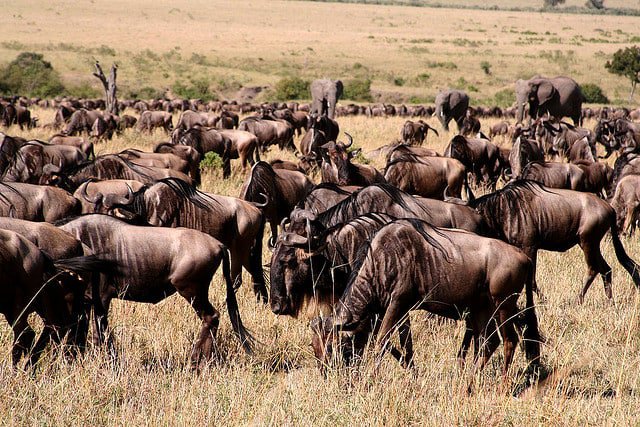
Tanzania’s flagship protected area, the Serengeti National Park, is an International Biosphere Reserve and a World Heritage Site. This is a superb safari destination that will exceed the expectations of even the jaded safari-goer.
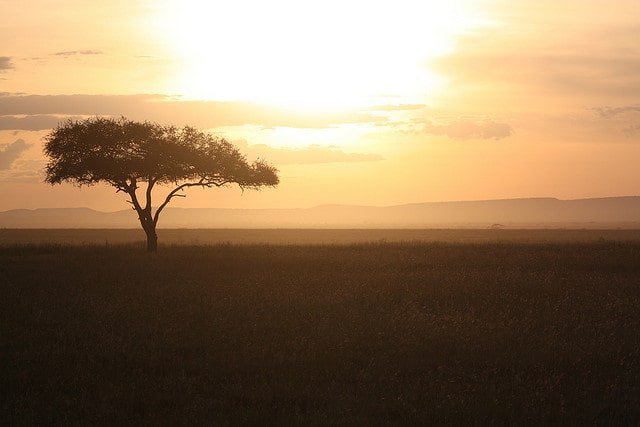
Find out more about Tanzania and Serengeti’s travel regions and tours.
